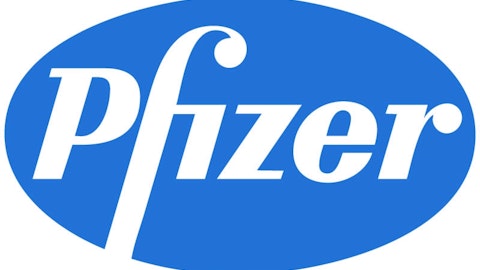Background on the bull
This market is so mistrusted that, even at a record high, the Associated Press ran a story promoted on Twitter with the tagline, “Why don’t many Americans feel more cheerful about the Dow’s rally to a record-high close?” The story itself offers plenty of explanation: frustration over missing out, falling real income, higher taxes, a still-weak housing market, and a tepid employment environment.
These are all valid concerns. A Bloomberg report published three months ago found that Americans missed out on $200 billion in stock gains by sitting on the sidelines, and fewer than half of households owned mutual funds, which make up the foundation of most 401(k) plans. Real median household incomes were actually lower last year than they were just after the Dow bottomed out in 2009. At these levels, real median household income isn’t just lower than it was in 2009; it’s actually lower than it was in 1989. The elimination of the Social Security payroll tax cut this year is also taking an additional $1,000 chunk out of every $50,000 of gross income — which is a great deal more than what 12 million-plus unemployed Americans are likely to earn this year. Home prices remain 20% lower than they were at the Dow’s peak, and housing starts, though in recovery, remain 14% below their 2007 levels. Half of American states saw more foreclosures last year than they did in 2011, as 1.8 million homes across the country received a foreclosure notice.
Whether valid or not, these concerns can all be rebutted. Record-high corporate profits have made business a buyer of its own shares, resulting in nearly $400 billion in buybacks last year. Home prices and housing starts have both risen in the past several months, with housing starts enjoying a 25% year-over-year uptick and existing-home sales posting double-digit year-over-year price growth in the fall. Banks are doing everything they can to reduce foreclosures, and layoffs in the banking industry are now being attributed to a reduced need for foreclosure processing. As far as being mad that you missed out on the rebound goes…well, that’s no one’s fault but your own. Most retail investors underperform because they’re too readily driven by fear and greed at the wrong times.
Tax increases, somewhat counterintuitively, may actually drive further market gains. Tax policy expert Bruce Bartlett recently published an article that found a pattern of bull markets gaining steam after tax hikes. Two of the greatest bull-market runs in modern history began after George H. W. Bush broke his “read my lips” pledge in 1990 and after Reagan’s Tax Equity and Fiscal Responsibility Act became law in 1982. Hoover’s tax hike in 1932, FDR’s major hikes in 1935 and 1942, and Clinton’s tax increase in 1993 also saw more market growth after implementation than would have been expected. Bartlett theorizes:
Insofar as taxes affect the market, I have long suspected that when tax rates are low they make it too easy for investors to get an adequate after-tax return. When rates rise, they must work harder for a higher before-tax return to compensate for the higher taxes. This pushes money into growth sectors.
Severe and persistent weakness across a number of economic metrics can easily explain why it has taken so long to get back to even. A recovery — slow though it may be — also explains why the market continues to grow despite widespread mistrust. There are several reasons why this recovery might fall apart, e.g., Europe, China, inflation, shrinking corporate profits, or another financial crisis possibly tied to student loans or subprime auto loans. These are all some of the red flags I’ve seen bandied about, but I’d like to instead take a quick glance at one obvious but overlooked reason to step lightly into the market now.





